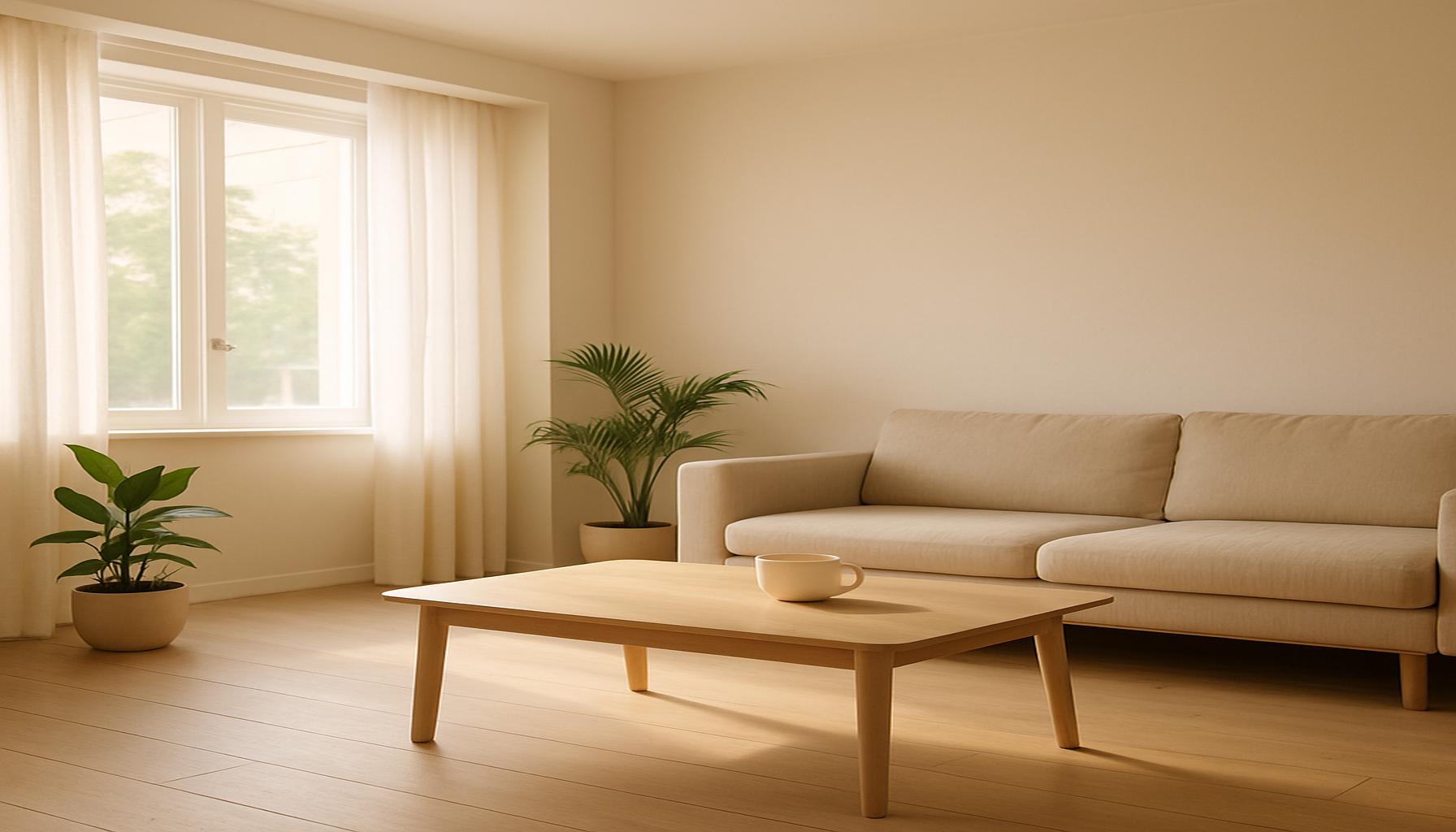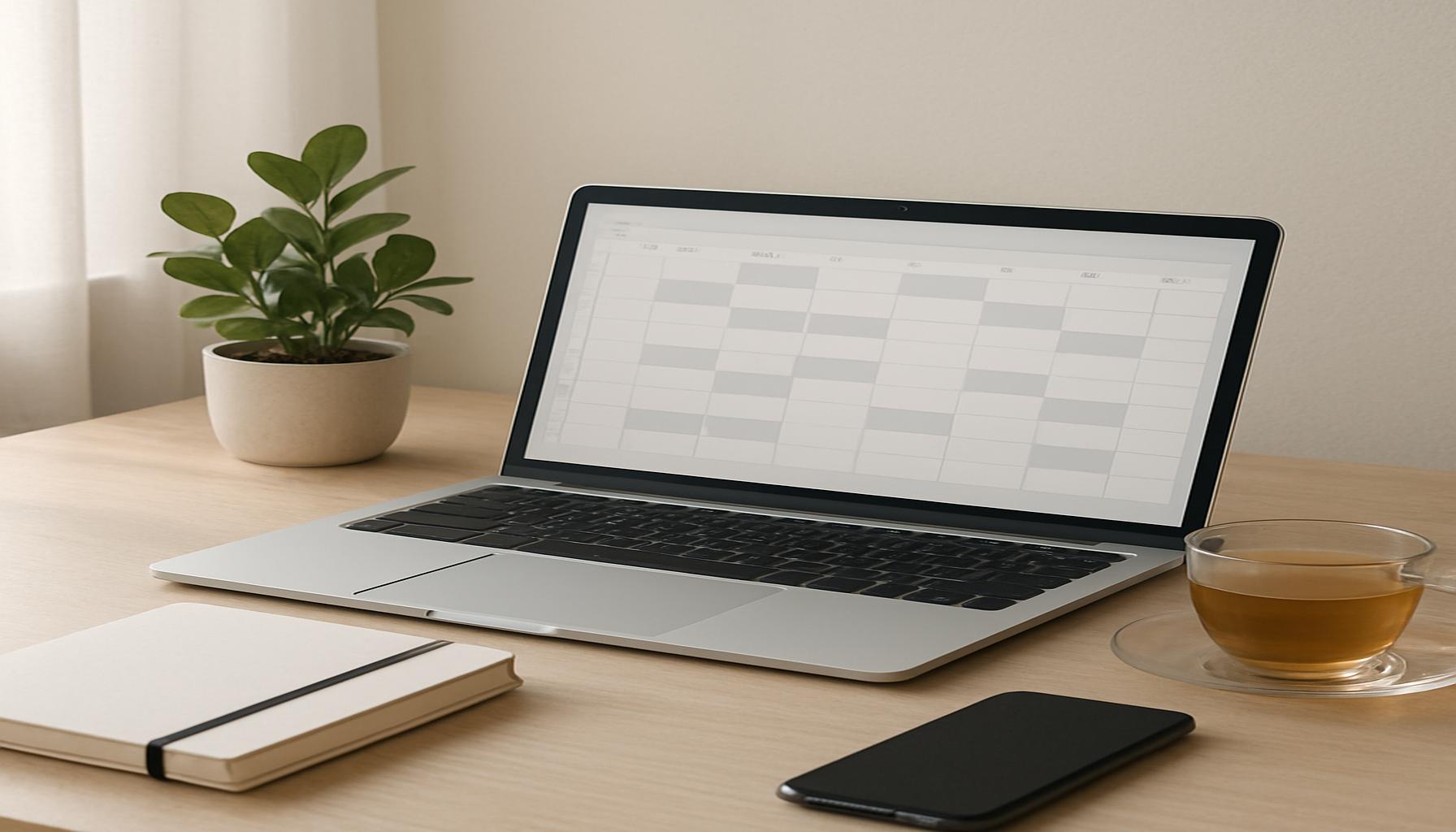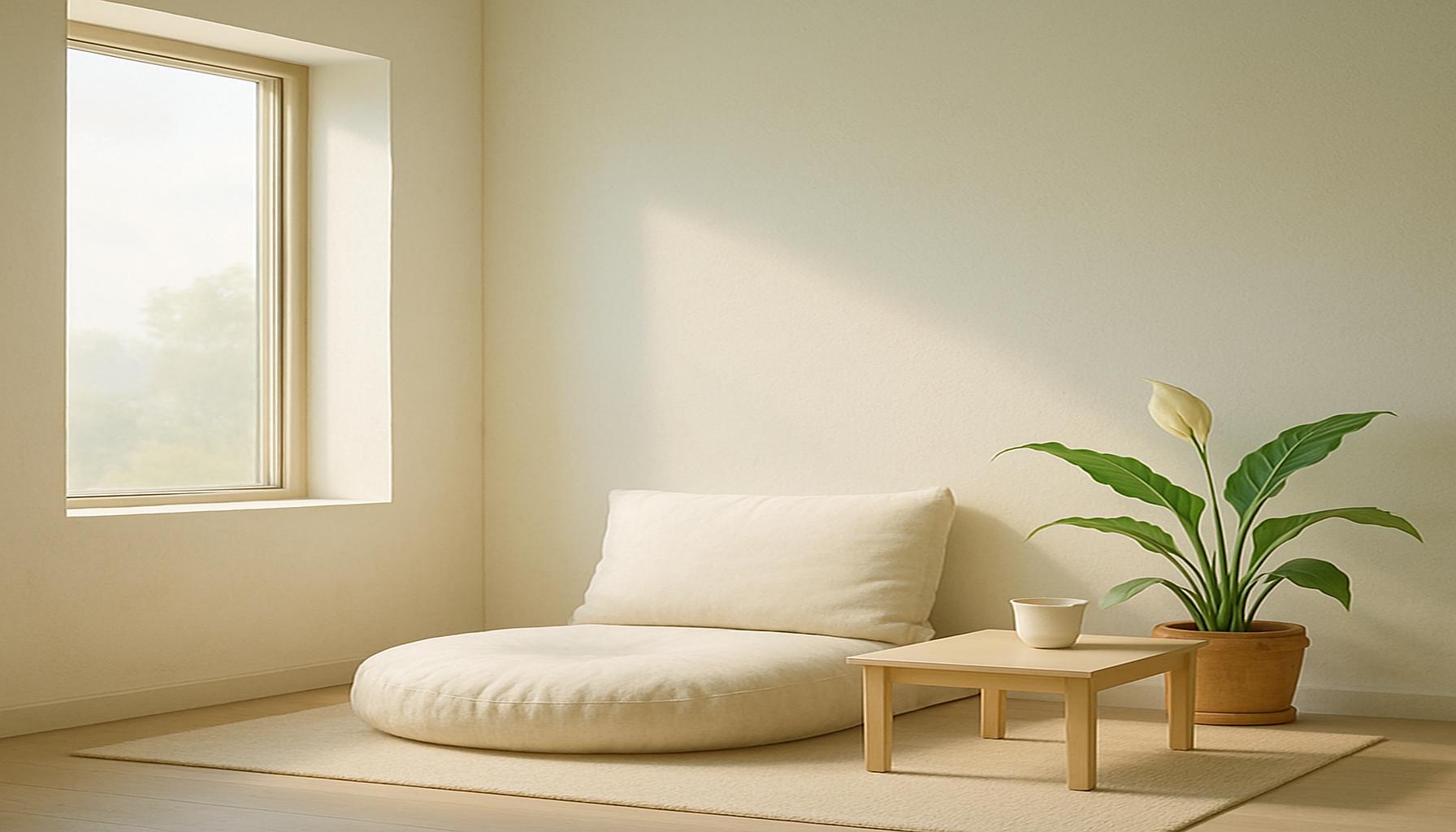Simplicity in Technology: How to Detox Your Use of Devices and Apps
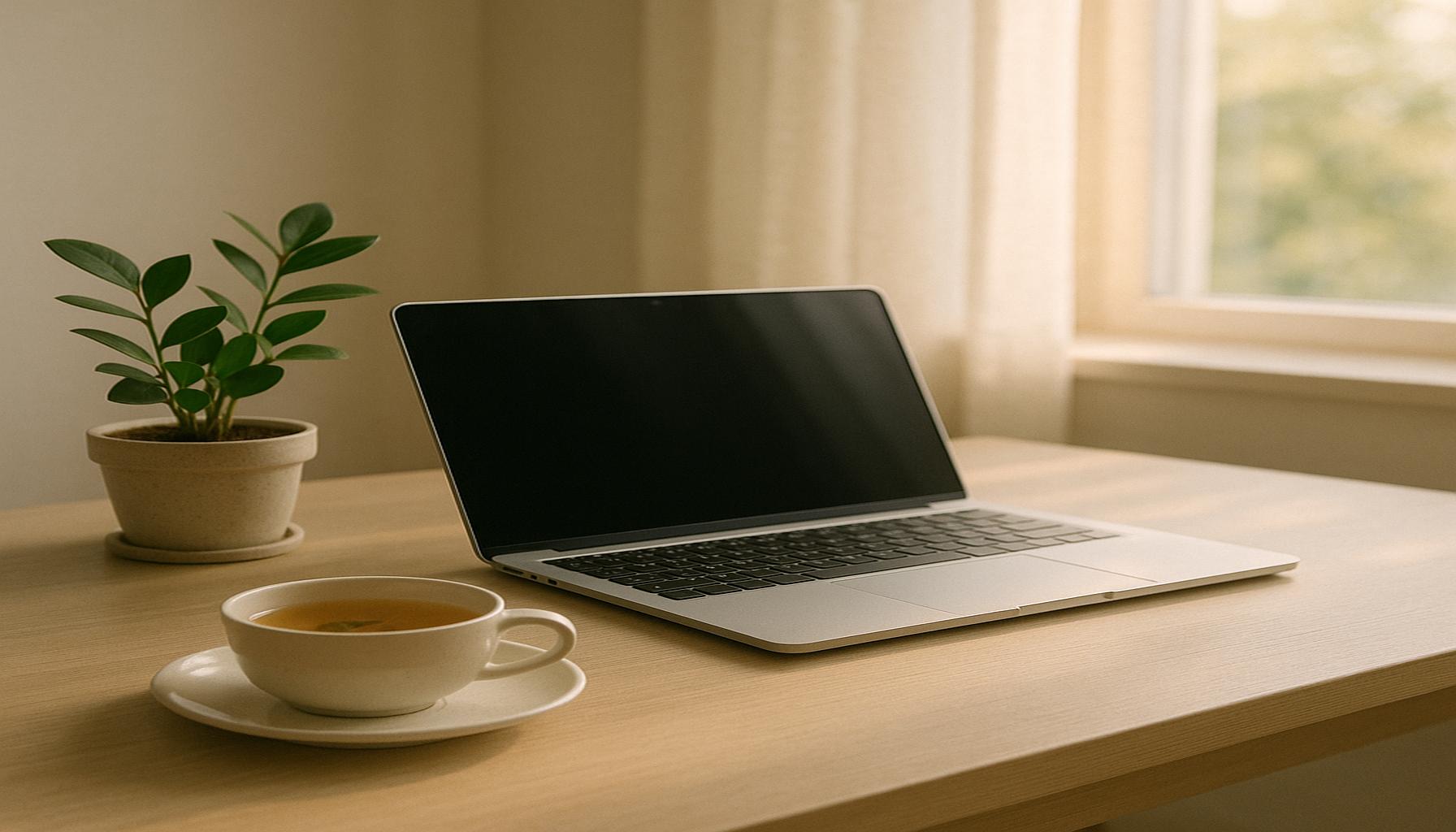
Reclaiming Balance in a Digital World
In an era where technology is deeply embedded in our daily lives, many individuals find themselves grappling with an incessant wave of notifications and an ever-expanding array of applications. This digital onslaught can lead to what many describe as a cluttered digital existence—one that often fosters stress and hinders productivity. It’s time for a change.
Taking a moment to detoxify your usage of devices and applications can yield multiple significant benefits. For instance, increased productivity is one of the most noticeable changes that can occur. By minimizing distractions, individuals can enjoy a heightened level of focus, allowing them to tackle tasks with greater efficiency. This is especially crucial in a work environment where constant interruptions can derail progress.
Further, reducing the time spent on screens can lead to an improved mental health. Studies have shown that excessive screen time is linked to feelings of anxiety and depression, particularly among younger demographics who are often inundated with social media comparisons. When the focus shifts away from screens, individuals may find their mood lifting and their overall well-being improving.
Moreover, enhanced relationships stem from a conscious effort to reconnect with the real world. In-person interactions, whether with family, friends, or colleagues, can foster feelings of belonging and support, grounding individuals in genuine human connection. Imagine spontaneous coffee catch-ups with friends or long conversations without the distraction of a buzzing phone—these moments can significantly enrich one’s quality of life.
As technology relentlessly evolves, the pressure to stay current can. The multitude of applications available can sometimes feel overwhelming, resembling a complex maze where critical information or essential tasks can easily become lost. Acknowledging this reality, many people are now actively seeking ways to simplify their digital engagements.
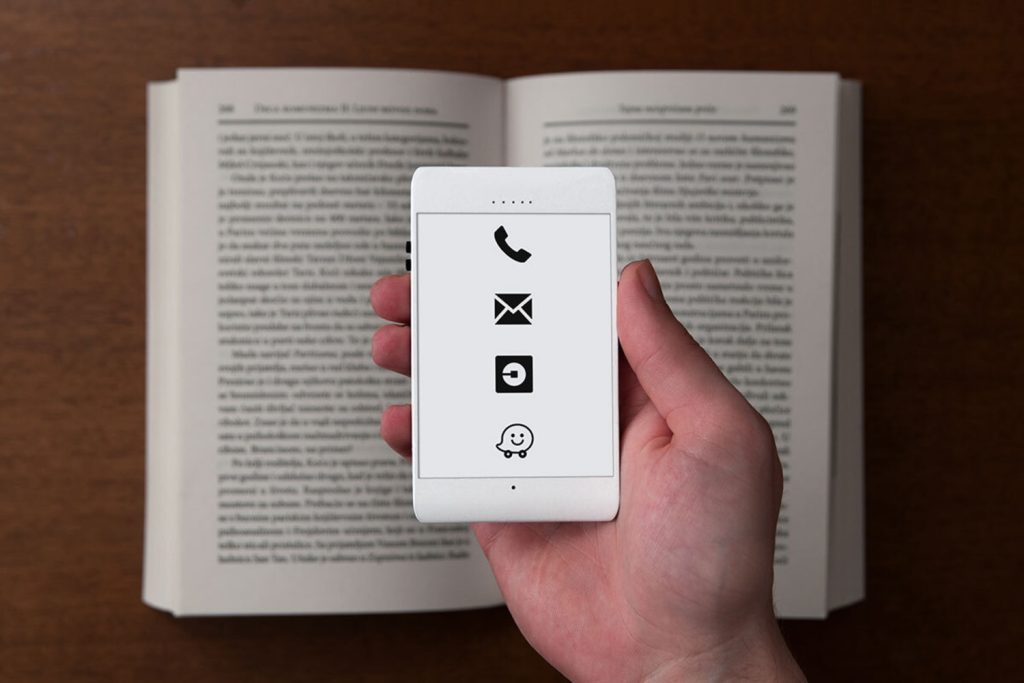
This article aims to delve into practical steps and insightful strategies to detox your technology use. From evaluating the necessity of certain apps to scheduling regular downtime from screens, readers will discover ways to streamline their digital interactions. By prioritizing what truly matters, individuals can reclaim control over their time and enhance their attention span, allowing them to lead more balanced lives.
Consider implementing a ‘digital detox day,’ where all non-essential devices are set aside. Try engaging in outdoor activities, reading physical books, or practicing mindfulness. The following sections will unpack more strategies, offering you a roadmap to harnessing the power of technology without allowing it to overtake your life. Stay tuned as we explore how to find that essential balance in today’s frenetic digital landscape.
DIVE DEEPER: Click here to learn more
Embracing Minimalism in Our Digital Spaces
The first step towards a successful digital detox begins with a thorough evaluation of your current device and app usage. It’s essential to identify which applications are beneficial and which only contribute to the chaos. Conducting an honest assessment can be eye-opening. Many users find that they regularly use just a fraction of the apps on their phones; in fact, studies reveal that the average smartphone user engages with only about 9 apps daily, out of potentially hundreds downloaded. Eliminating the unnecessary can significantly reduce distractions and streamline your digital life.
One practical approach is to categorize your apps. This can help clarify which tools genuinely serve a purpose and which ones can be eliminated. Consider creating categories such as:
- Productivity: Task managers, calendars, and note-taking apps
- Social Media: Platforms used for personal connections
- Entertainment: Streaming services, games, and news apps
- Utilities: Navigation, weather, and finance management
Once categorized, you can decide to keep, delete, or replace each app. For instance, if you find multiple social media platforms serving similar functions, it may be beneficial to keep only one. Conversely, if a productivity app isn’t providing the support you need, consider alternatives that offer a more streamlined approach.
Another noteworthy strategy involves setting app limits on your devices. Many smartphones now come equipped with features that enable users to track their screen time and set daily usage deadlines for specific applications. By deliberately restricting your use, you can cultivate a healthier relationship with technology. Aim for realistic limits that permit time for essential connectivity while urging you to seek out activities beyond the screen.
In addition to evaluating app usage, individuals might want to consider scheduling screen-free zones in their daily routines. This could be a dedicated time during meals or a few hours before bed, where devices are turned off and focus is placed on other activities. Incorporating these breaks helps enhance mindfulness and promotes clearer mental space. You might find that engaging in hobbies, spending time with loved ones, or simply enjoying quiet moments can be far more rewarding than scrolling through feeds.
Moreover, engaging in activities that do not involve screens can serve as the ideal remedy for digital fatigue. Activities such as walking, reading printed books, or practicing yoga can help recharge your mind and body while giving your devices a well-deserved break.
As you embark on this journey towards simplicity in technology, remember that the process itself can demand patience and perseverance. The rewards of reclaiming your time and focus, along with the substantial impact on your mental health and relationships, make this effort worthwhile. The subsequent sections will build upon these foundational strategies, guiding you on how to effectively implement lifestyle changes that usher in a more balanced and meaningful interaction with technology.
| Category | Key Features |
|---|---|
| Digital Clutter | Identifying unnecessary apps and notifications to reduce distractions. |
| Time Management | Setting limits on device use enhances productivity and mental well-being. |
| Mindfulness Techniques | Engaging in digital detox practices that promote mental clarity. |
In the age of constant connectivity, people often find themselves overwhelmed by digital noise. This is where the concept of digital clutter comes into play. By actively identifying unnecessary apps and disabling excessive notifications, users can significantly reduce distractions. This conscious decision to streamline one’s digital environment fosters a clearer mindset, enabling individuals to focus on what truly matters.Time management is another crucial aspect of detoxing from technology. Implementing strategies such as scheduled breaks and strict limits on recreational device use not only enhances productivity but also contributes to improved mental well-being. Engaging in disciplined device use fosters a balanced lifestyle, allowing space for real-world interactions and activities.Moreover, integrating mindfulness techniques can further enhance the detox experience. Techniques like meditation, journaling, or simply taking a walk without devices help detoxify the mind from digital overstimulation. These practices encourage individuals to engage more meaningfully with their surroundings, facilitating a sense of peace and clarity away from screens.
DISCOVER MORE: Click here to learn how minimalism can transform your life
Crafting a Mindful Digital Environment
Beyond evaluating app usage and establishing screen-free zones, the next stage in detoxing your technology involves curating a more intentional digital environment. This includes everything from the aesthetic of your devices to the notifications you allow. By actively designing your digital ecosystem, you can minimize distractions while fostering a sense of calm amidst the digital noise.
One effective method is to customize your device’s home screen. Consider adopting a layout that prioritizes the most essential apps while hiding or removing the ones that lead to mindless scrolling. You may choose to keep only those applications that facilitate productivity or well-being directly in sight. For example, placing your calendar or meditation app prominently can remind you to stay focused on personal goals. Many users report feeling less overwhelmed after organizing their device’s interface, creating a streamlined visual experience that promotes efficiency.
Another beneficial strategy is to manage notifications wisely. Notifications are designed to grab your attention, yet they often serve to fragment our focus. Take some time to turn off non-essential notifications that don’t contribute to your daily goals. Studies show that the average worker is interrupted approximately every 11 minutes; this constant barrage of alerts can lead to significant productivity loss and heightened stress levels. Implementing a “do not disturb” mode during focused tasks or certain times of day can bolster your productivity while reducing cognitive overload.
Exploring applications designed for mindfulness can also complement your detox journey. Numerous platforms focus on promoting mental clarity and aiding in creating a structured personal routine. For instance, apps like Headspace and Calm offer guided meditations, while Todoist and Notion can help streamline task management. Investing time in the right tools can significantly enhance your engagement with technology, transforming it from a source of distraction into an ally for personal growth.
Consider also the influence of social media on your mental well-being. A promising approach involves implementing a social media audit. This entails reviewing your friend lists, subscriptions, and interactions to identify content that inspires or uplifts you versus that which causes stress or sadness. Limiting the frequency of checks on social media channels can prevent feelings of inadequacy tied to curated online personas. Some users find success in determining specific times for engagement, reducing the urge to chase updates throughout the day.
Lifestyle changes can further enrich your digital detox. Engaging with local community activities, sports, or volunteer opportunities can offset the time typically spent scrolling through devices. Research indicates that people who participate in regular community engagement report higher levels of happiness and fulfillment. This shift not only allows for a deeper connection with the world around you but also fosters relationships that streamline your need for online interaction.
Lastly, remember to celebrate your progress, no matter how small. Keep a journal of your digital detox experiences, noting how these changes have positively impacted your mental clarity, relationships, and overall lifestyle. This documentation may not only serve as a motivating reminder of your journey but can also shed light on further adjustments needed for continued improvement.
DISCOVER MORE: Click here to boost your productivity
Embracing the Balance: Your Path to a Simplified Digital Life
As we navigate the intricate landscape of technology, embracing simplicity in tech becomes not just a goal but a necessity for mental clarity and overall well-being. The strategies outlined in this article emphasize the importance of a thoughtful approach toward our devices, steering us toward intentional usage rather than mindless consumption. By curating a mindful digital environment, customizing app interfaces, and judiciously managing notifications, we cultivate an atmosphere where productivity and peace can thrive. Additionally, reflecting on our social media connections allows us to reclaim genuine interactions that enrich our lives.
Moreover, immersing ourselves in community activities can provide a refreshing balance to the time we dedicate to screens, fostering deeper connections and a sense of fulfillment. This holistic detox not only enhances our digital habits but also nurtures our interpersonal relationships and personal aspirations. Taking the time to celebrate small victories during your detox journey further solidifies the progress made and encourages continued adherence to these new practices.
In a world brimming with digital distractions, the essence of simplicity hinges on making conscious decisions about how we engage with technology. By committing to these strategies, we invite not just a reduction in screen time but a revitalization of our mental space and emotional health. As you embark on this path to detox your technology habits, remember: simplicity is a practice, not a destination. The journey towards a more intentional and joyful engagement with technology is one worth taking—and it starts today.
